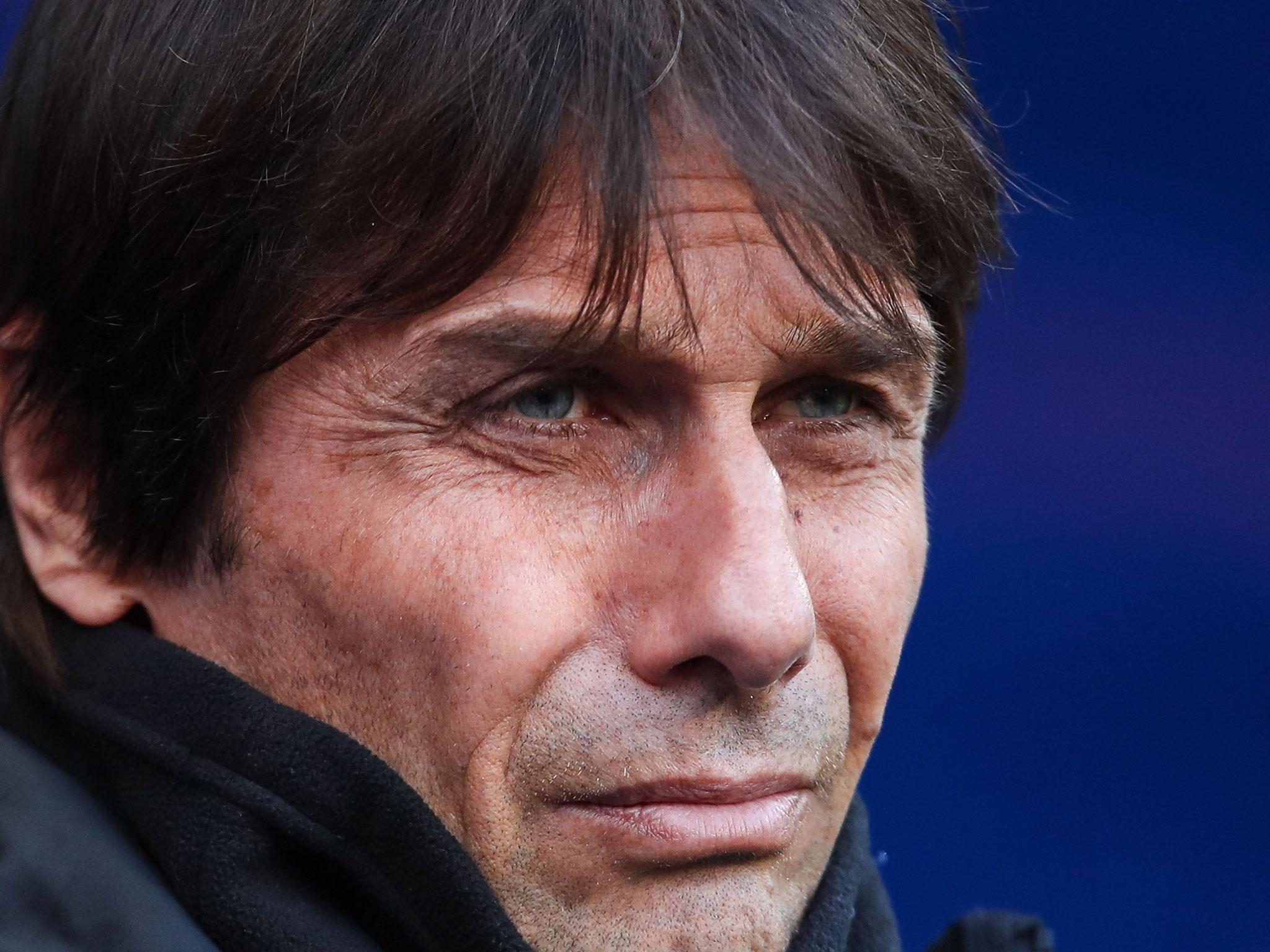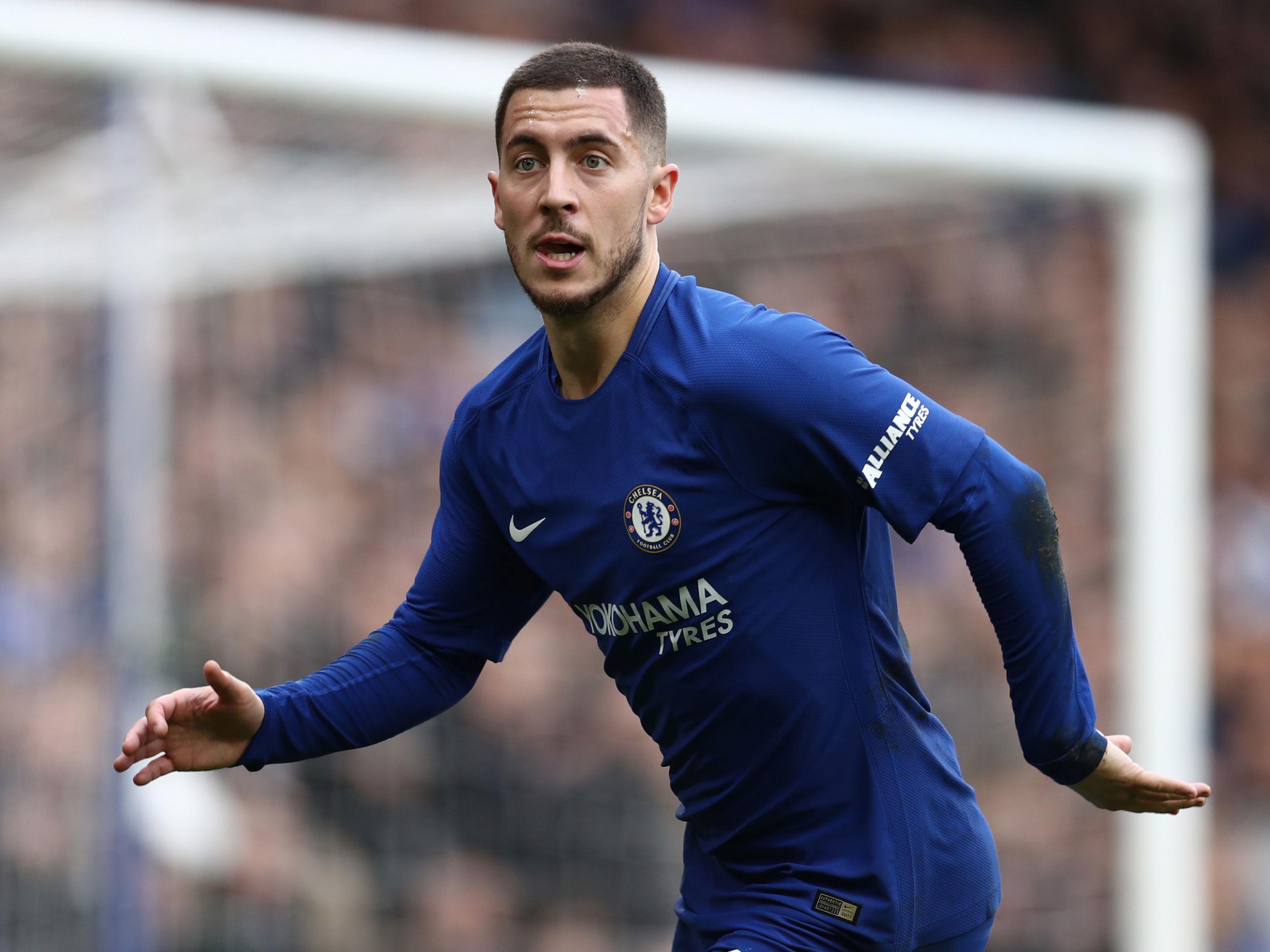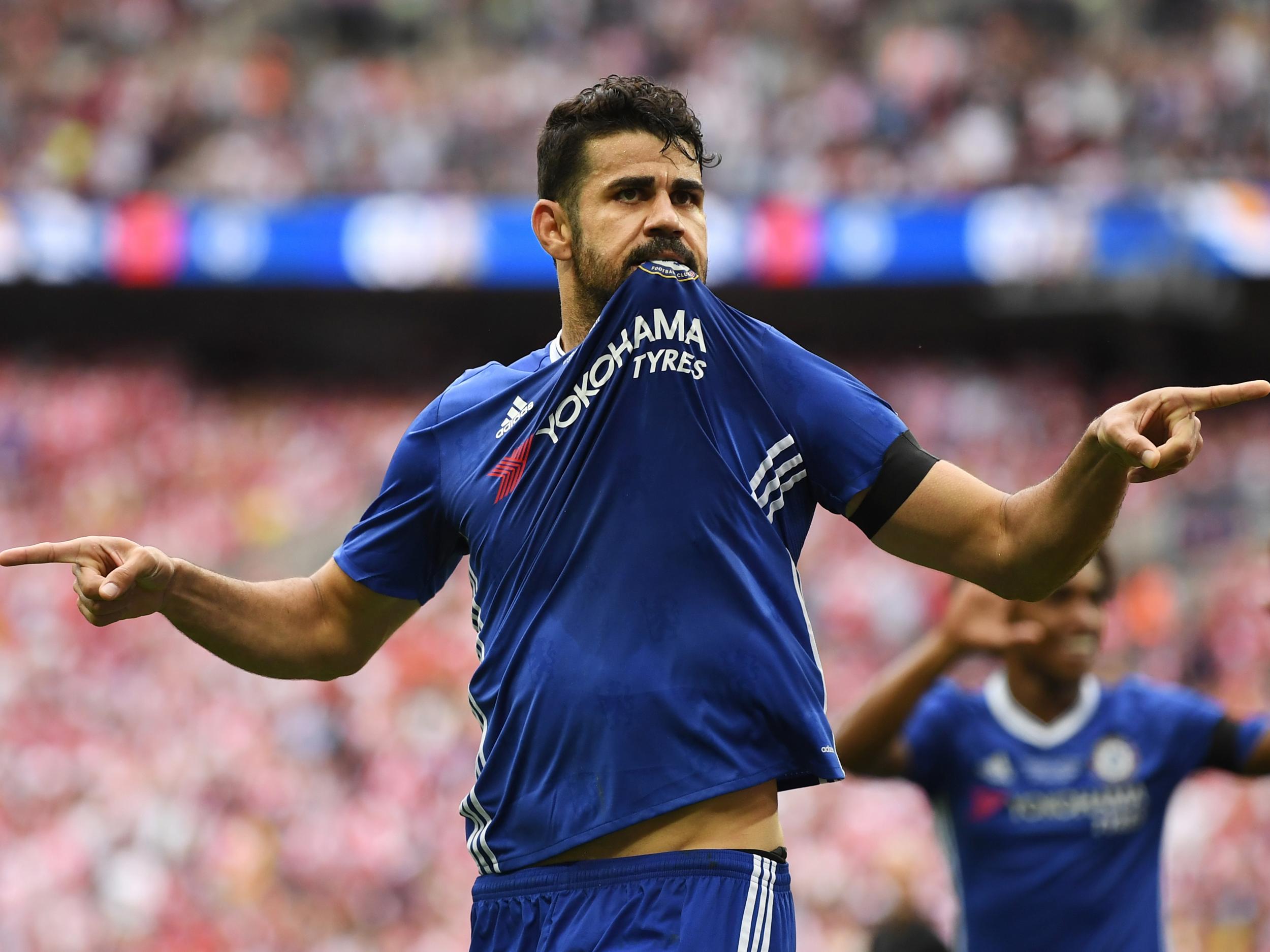Barcelona vs Chelsea: Antonio Conte's tactics will make or break his side’s Champions League hopes
The decision whether or not to deploy the much-debated false-nine could well come to influence the outcome of this clash

Over the last few days, Antonio Conte has been putting on practice matches in Chelsea training that have involved a few different formations, and certainly no fixed XI. The Italian had, as of Tuesday, still not made a fixed decision over the one factor that remains unknown about the Champions League second leg with Barcelona, and that his club hope can yet add some uncertainty to this tie: that is whether to play the much-debated false-nine.
It could yet be the decision that this tie revolves around, precisely because the Chelsea attack will revolve around it. It is all the more important because so much else in this game feels set.
We pretty much know what Ernesto Valverde’s starting XI will be, and how Barcelona will approach the game. They will play that more contained possession game that makes Leo Messi more central than ever before, something probably more suited to a game where they have the away-goal advantage and thereby no need to give up space in behind.
We know that Conte will start with a counter-attacking plan because of the threat of that possession and that Barcelona legend but also that Chelsea absolutely need to score.
Finally, we also know that the success of the false-nine system has been mixed, both in terms of results and reception among players as well as supporters.
The discussion around it has been largely negative in the last few days, because of how utterly ineffective the tactic was against Manchester City. That 1-0 defeat was considered something of a trial run for this second leg at Camp Nou, but then it shouldn’t be forgotten that the false-nine worked very well in an actual match against Barcelona in the first leg.
Eden Hazard’s movement in the role drew Barca players out of their positions in this more constrained system, and created the gaps for an in-form Willian to run into. That is why Conte is completely justified in considering it again, at least for this match. It may well remain the perfect approach for this game.
It underlines something often overlooked with such tactical changes. The success of any system isn’t always universal, but dependent on application in individual games, and whether individual pieces fit against specific opponents. Hazard himself is said to like it against weaker sides, because of the fact that Chelsea naturally have more of the ball further forward so he will naturally see so much more of it.

Of course, one of the reasons that the false-nine has been so maligned is because it feels such a waste of the best abilities of Chelsea’s best player. Hazard is someone so dangerous when on the ball that he should be on it as much as possible, rather than forced to the fringes, where only really his running is utilised – and that mostly for decoys.
The Belgian himself has spoken of this. “You don’t get a lot of balls,” he said after the 1-1 first leg. “I might have touched 25 balls that night and 15 of them were flying towards my head. That is not really playing to my qualities.”
It’s also difficult not to think that the only reason Conte uses him there at all is because he doesn’t currently have a striker that fully plays to the manager’s qualities.
The Chelsea boss never used it when he had Diego Costa, except for the line-in-the-sand moment in January 2017. That was when the first flashpoint between striker and manager occurred, and Costa was left out of the 3-0 win away to Leicester City.
Chelsea proved they could temporarily persevere without the Spanish international in that title season, but neither of his replacements have yet proved they can do the same job to the same level.

That has arguably been the crux issue of the champions’ entire season, and will likely end up being seen as the turning point of Conte’s anticipated two-year reign. They just haven’t been the same without Costa. It has removed some of Chelsea’s thrust, and thereby also caused issues further back.
Imagine Costa for a match like at Camp Nou. He would be ready for battle, ready to rage, relishing the tussles with Gerard Pique and Samuel Umtiti.
This is also the issue with his initial main replacement. Alvaro Morata generally has all of the abilities to perform the role that Conte would like, as he displayed earlier in the season and repeatedly did so with his runs and heading ability, but he ultimately lacks that rage, that battle-readiness.
It’s almost become a cliché, but because it’s true. Morata just lacks that assertiveness.
When he came on against Crystal Palace at the weekend, he didn’t look ready to take the chances against beaten relegation-threatened opponents in the manner he should have done. He instead still looked conscious of how many chances he has failed to take this season.
Olivier Giroud meanwhile has that assertiveness, the required mentality, but doesn’t have the range of other abilities. The French striker still does look like he has started to more deeply understand Conte’s requirements, and it will be tempting for the manager to use his aerial ability – especially away from home.
There’s also the fact that, if there is ever going to be a perfect situation for Conte to use his famed motivational skills on Morata, this is it: a Madrid lad taking on Barcelona, after a difficult spell, but with the ultimate stage to prove a huge point.
Conte just needs to spin Morata’s recent issues into an advantage, just as he needs to spin around Barca. For a team that will spend most of the game on the back foot, so much will come down to the front man – whoever he is.
Join our commenting forum
Join thought-provoking conversations, follow other Independent readers and see their replies
Comments